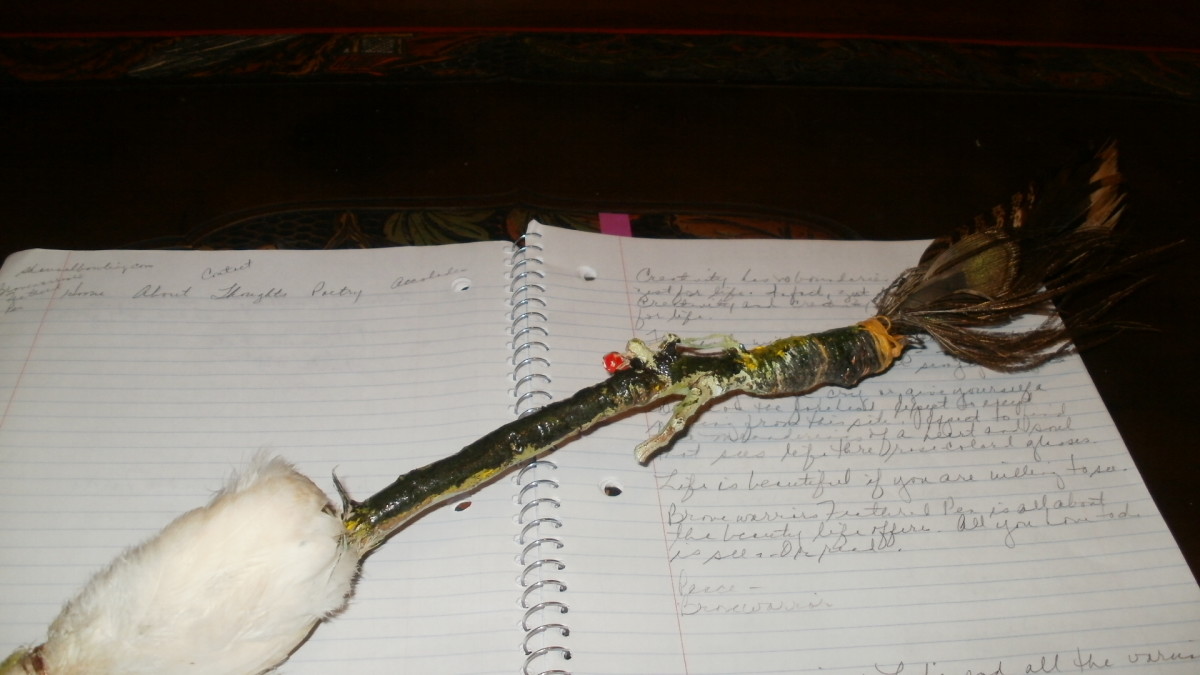- HubPages»
- Books, Literature, and Writing»
- Commercial & Creative Writing»
- Making Money as a Writer
Is Submission to the New Yorker Really Futile?
“It’s inevitable,” one writer told me, shaking her head in the perfect image of melodrama. “Everyone does it at some point.”
“Just do it once,” another writer added. “Do it once so that you know how it’s like and then forget about it.”
What could they possibly be talking about?
As it turns out, the two writers were discussing the futility of submitting to the Shouts and Murmurs section of The New Yorker. Currently, only one or two articles are selected from the thousands of works in the slush pile to be published in The New Yorker. Even though these chances are even more minuscule than getting into the most prestigious university, that’s not stopping writers from sending in their pieces, hoping--praying in some cases--that their work will be that selected one or two.
It’s a long shot, but once you’ve established yourself as a New Yorker writers, the possibilites are endless. However, the long, protracted wait time (3 months at last estimate) and the inevitable rejection can wreak havoc on a newbie’s confidence. At least that’s what others have told me, and now I can definitely attest to their statements.

I fell into temptation with my first piece, a whimsical letter written from the persona of a student to the high school staff. I thought it was hilarious, and if I were to write a review of my own letter, it would be brimming with superlatives: the funniest piece we have seen, most original writing style, most talented writer to date, you get the idea. Evidently, The New Yorker didn’t feel quite the same way. And to make matters worse, I didn’t even receive a standard rejection letter, which some writers take as a hint that they’re on the right track. Instead, I got months of silence.

But since then, I've realized that my experience with The New Yorker, albeit brief, made me a better writer. Sometimes, it's not the acceptances or publications you receive that counts, but the stack of rejections on your desk. That's what makes you push even harder and stretch the boundaries of ingenuity even further. So how exactly can you learn from your rejection, whether it be from The New Yorker or elsewhere?
1. Learn what works and what doesn't work.
After you receive that dreaded rejection, set it aside for a couple of days. Then, when you've calmed down enough, you can examine your writing again, from a fresh perspective. Maybe your diction was too colloquial for that magazine, or maybe your article was too long for another magazine. Don't be afraid to turn a critical eye to your own work, but at the same time, don't be too hesitant to identify the strongest points.
I know some writers who shelve their rejected pieces aside, into the darkest corner of their desk, to never be looked at again. But, as I say to them and I say to you, how can you possibly learn from your work if you insist on hiding from it?

2. Reevaluate your priorities.
If you are continually rejected from top-tier magazines, try aiming for lower level magazines and newspapers instead. Work your way up from the bottom by using local newspapers and college magazines before you try breaking out onto the national stage. Remember that all writers had to make a name for themselves, and it will be much easier to, as the saying goes, be a big fish in a little pond then a small fish in a big pond. As your writing style matures, then you'll feel more confident to tackle the bigger, more well known magazines.
Also, consider whether you consider writing the main source of your income or simply a pastime. If you're writing such articles or reviews for your own fun, then by all means, spam The New Yorker and The Wall Street Journal. However, if you're intent on using your writing as a means of a livelihood, then you're better off being more realistic with your ambitions.
Where have you submitted your work to?
Perhaps the most important step to moving beyond a rejection is learning from it. I find that whenever I learn from my rejections and adjust my writing style accordingly, such an experience can no longer be called "futile" in the slightest.






